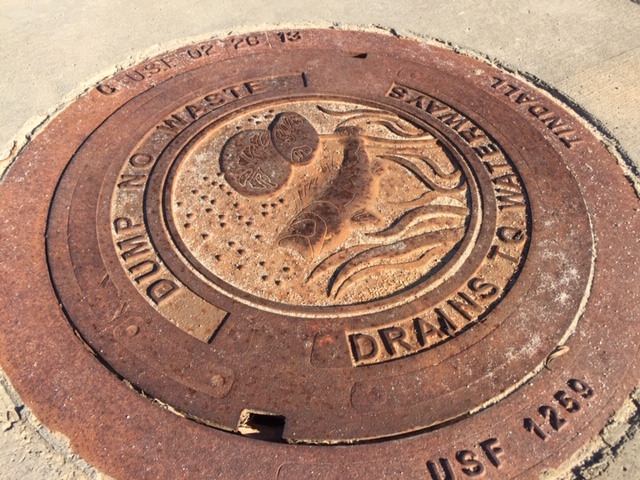
Click here for a printable .pdf!
Summary: Students go on a “natural resource ramble” to identify and document the renewable and non-renewable natural resources they encounter.
Objectives:
- Students will demonstrate an understanding of renewable and non-renewable natural resources.
- Students will use technology and language arts skills to create and present a record of their ramble.
Background: Natural resources—things we use that come from nature such as plants, animals, and minerals—are all around us. We use these resources to meet our basic needs for water, food, shelter, and air as well as to create the products that make our lives more convenient, healthy, and productive.
Natural resources are typically organized in two categories: renewable and non-renewable. Renewable resources are those that never run out or can be replenished quickly—usually within a human lifetime. Non-renewable resources are those that are in limited supply and cannot be regenerated within a human lifetime. Examples of renewable resources include trees, which can be harvested for paper pulp within 20 years of planting in SC’s climate; and water, which never “runs out” because the water cycle continuously makes water available for re-use. Examples of non-renewable resources include minerals such as rocks, metals, gems, and sand. Fossil fuels (oil, coal, and natural gas) are also non-renewable. While these materials are generated by natural processes and can therefore eventually be “regenerated,” these processes take thousands or millions of years.
Assignment: Take a walk around your school or through your neighborhood. How many natural resources can you find? Use a camera to document five examples of natural resources and five ways those resources are being used. Caption each photo with details about the resource. (You may do this in a document, slideshow, or spreadsheet or you may upload the photos and captions to a social media site.) Make sure you answer these questions in your captions:
- What resource is depicted?
- How do humans use this resource?
- Is this resource renewable or non-renewable? Why?
Extensions:
- Document five ways you see humans conserving (protecting, saving, or using wisely) natural resources. Caption these photos with an explanation of the conservation practice and how it helps preserve or protect the resource.
- Write a creative account of your Natural Resource Ramble. This could be in the form of a short story, poem, song, or performance art. Be sure to include information about how resources are used and whether they are renewable or non-renewable in your final product.
SC Science Standards Correlations:
GRADE ONE EARTH SCIENCE: EARTH’S NATURAL RESOURCES
- Standard 1.E.4
- Conceptual Understanding 1.E.4B
- Performance Indicators: 1.E.4B.1, 1.E.4B.2
GRADE THREE EARTH SCIENCE: EARTH’S MATERIALS AND PROCESSES
- Standard 3.E.4
- Conceptual Understanding 3.E.4A
- Performance Indicator: 3.E.4A.3
GRADE EIGHT EARTH SCIENCE: EARTH SYSTEMS AND RESOURCES
- Standard 8.E.5
- Conceptual Understanding 8.E.5C
- Performance Indicator: 8.E.5C.1
Click here for a sample Ramble Report!